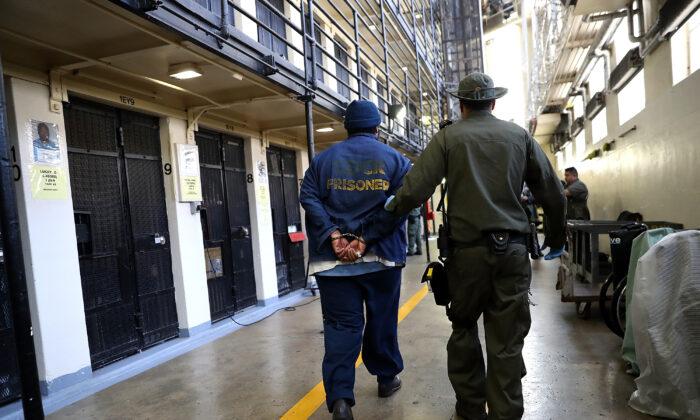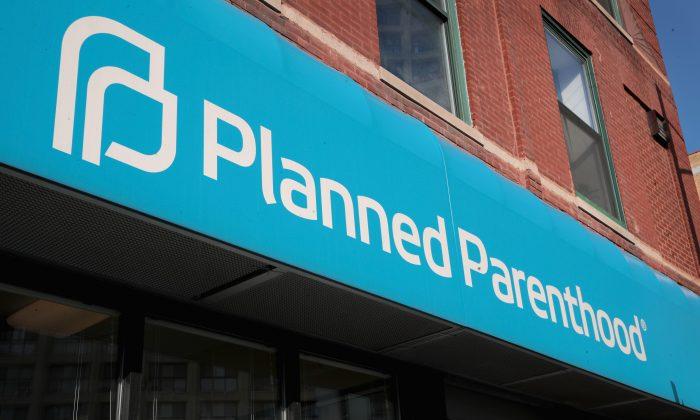California’s notorious State Prison San Quentin is getting an upgrade, California officials announced Thursday.
The proposed rehab center would provide inmates with education, training, and rehabilitation, while inmates serving death sentences at San Quentin will be moved to other California penitentiary locations.
“Today, we take the next step in our pursuit of true rehabilitation, justice, and safer communities through this evidenced-backed investment, creating a new model for safety and justice—the California Model—that will lead the nation,” Gov. Gavin Newsom said in a statement.
“California is transforming San Quentin—the state’s most notorious prison with a dark past—into the nation’s most innovative rehabilitation facility focused on building a brighter and safer future,” the Democratic governor added.

Norway’s Approach to Incarceration
Newsom in 2019 declared a moratorium on executions and the state has not executed an inmate since 2006. In 2022, he announced a plan to dismantle death row and send condemned inmates to other sites.Newsom’s office cited as a model Norway’s approach to incarceration, which focuses on preparing people to return to society, as inspiration for the program.
In maximum-security Norwegian prisons, cells look more like dorm rooms with furniture such as chairs, desks, and even TVs. Prisoners have kitchen access and are allowed to play activities like basketball. The nation has a low recidivism rate.
California’s oldest prison has housed high-profile criminals such as cult leader Charles Manson, convicted murderers, and serial killers, and was the site of violent uprisings in the 1960s and 1970s.
‘Criminal Justice Priorities’
Republican Assemblymember Tom Lackey criticized Newsom’s criminal justice priorities, saying the governor and state Democratic lawmakers should spend more time focusing their efforts on supporting the victims of crime.“Communities win when we have rehabilitative efforts, but yet, how about victims?” Lackey said. “Have we rehabilitated them?”
The state has 668 prisoners facing death sentences, almost all of them male, and about 100 have already been moved, state prison officials said.
A group made up of public safety experts, crime victims, and formerly incarcerated people will advise the state on the transformation. Newsom is allocating $20 million to launch the plan by 2025.
The Democratic-controlled Legislature must approve funding for the rehabilitation plan.
“This is certainly new and it’s bold and it’s ambitious, and I am delighted to see it as a step in the right direction,” said Sharon Dolovich, director of the University of California, Los Angeles Prison Law and Policy Program.
‘Coming Back With Humanity’
California is considered a leader in criminal justice reform, but the state’s prison system continues to be overcrowded, with thousands of elderly people languishing behind bars and black residents disproportionately imprisoned for decades due to harsh sentencing laws adopted in the 1990s.“Do you want them coming back with humanity and some normalcy, or do you want them coming back more bitter and more beaten down?” Newsom asked the LA Times.
Helping people “return to their communities as productive members of society” is critical in a state where roughly 35,000 people are released from prison every year, the office added.
Taina Vargas, executive director of Initiate Justice Action, an advocacy group based in Los Angeles, said she is pleased the state is moving toward rehabilitating incarcerated people but more drastic changes are needed to transform the criminal justice system that imprisons so many people.
“Over the long term, I think we want to prevent people from going to prison in the first place, which means that we want to offer more opportunities for high-paying jobs in the community,” she said.
Full details of the plan were not immediately made public.





